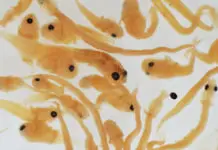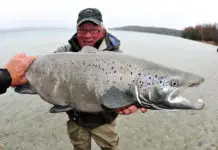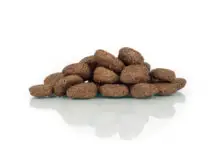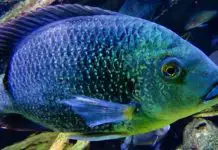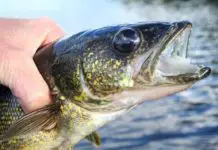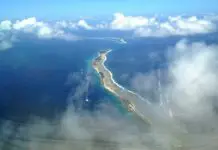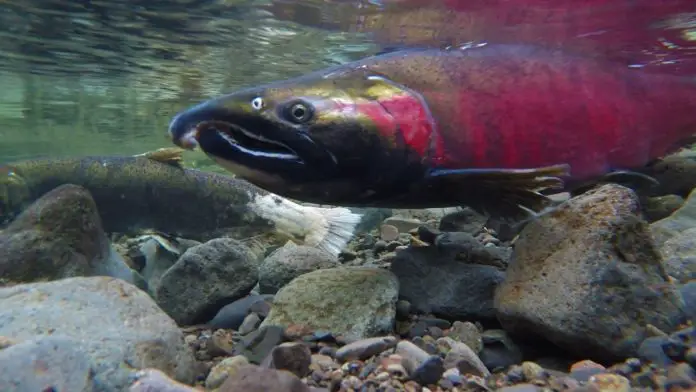
Norway: Pharmaq and the Norwegian School of Veterinary Science have identified the Pharmaq and the Norwegian School of Veterinary Science have identified the virus causing CMS of salmon.
Through this discovery more tools will become available that will make it possible to control the disease and limit the spread and the impact of the disease. PHARMAQ will explore the possibilities for developing a vaccine against CMS, a disease which currently results in significant losses for the aquaculture industry.
Cardiomyopathy syndrome of Atlantic salmon was first recorded in the mid 80’s in Norway. Economic losses are high since primarily fish at slaughter size die.
The virus was discovered through a close research collaboration between Pharmaq with project manager Marit Rode, and Professor Øystein Evensen and his research group at the Norwegian School of Veterinary Science.
– This is a result of a close and productive collaboration over many years, say the two scientists. The research program was partly funded by the Research Council of Norway.
Pål Nilsen and Dr Karine Lindmo were the main scientists at Pharmaq while Drs. Øyvind Haugland and Aase B. Mikalsen were the two scientists with strongest involvement at the Norwegian School of Veterinary Science. The focus has been to characterize the virus and study the host-pathogen interaction and development of disease.
– We have identified a new and until now unknown virus of fish and part of the genome show resemblance with viruses of the family Totiviridae, says Øyvind Haugland, and he continues: The fact that such a virus has not been described in fish before is by itself interesting, but also challenging scientifically. A related virus has earlier been identified as the cause of myonecrosis of white shrimp, but no virus of this family has been isolated from a vertebrate species before.
– Experimental challenge based on virus grown in cell culture results in pathological changes of the heart typical of CMS. Fish injected with the virus as well as cohabiting fish (with those injected) develop typical CMS changes, say Drs. Marit Rode and Øystein Evensen. The virus can be detected in the heart of clinically diseased fish and the amount of virus correlates with heart lesions.
Additional CMS research is carried out as part of a large CMS-consortium where academic and commercial partners have joined forces, including partners like Marine Harvest, AquaGen, Pharmaq, Lerøy Seafood, the National Veterinary Institute, Nofima Marine, the Norwegian School of Veterinary Science, NIFES, and Ewos Innovation. This work is co-funded by the Research Council of Norway, and the Fisheries Research Fund. The result from this collaboration will also provide applied knowledge to the aquaculture industry.
CMS has been recorded along the entire Norwegian coast, and the disease was reported from 79 different locations in 2009, close to what has been reported from previous years. The disease shows clinical manifestation throughout the year, peaking in the late fall and late winter/early spring. Accumulated mortality (by site) has been reported at 6%. CMS has also been recorded in the Faroe Islands and in Scotland.























